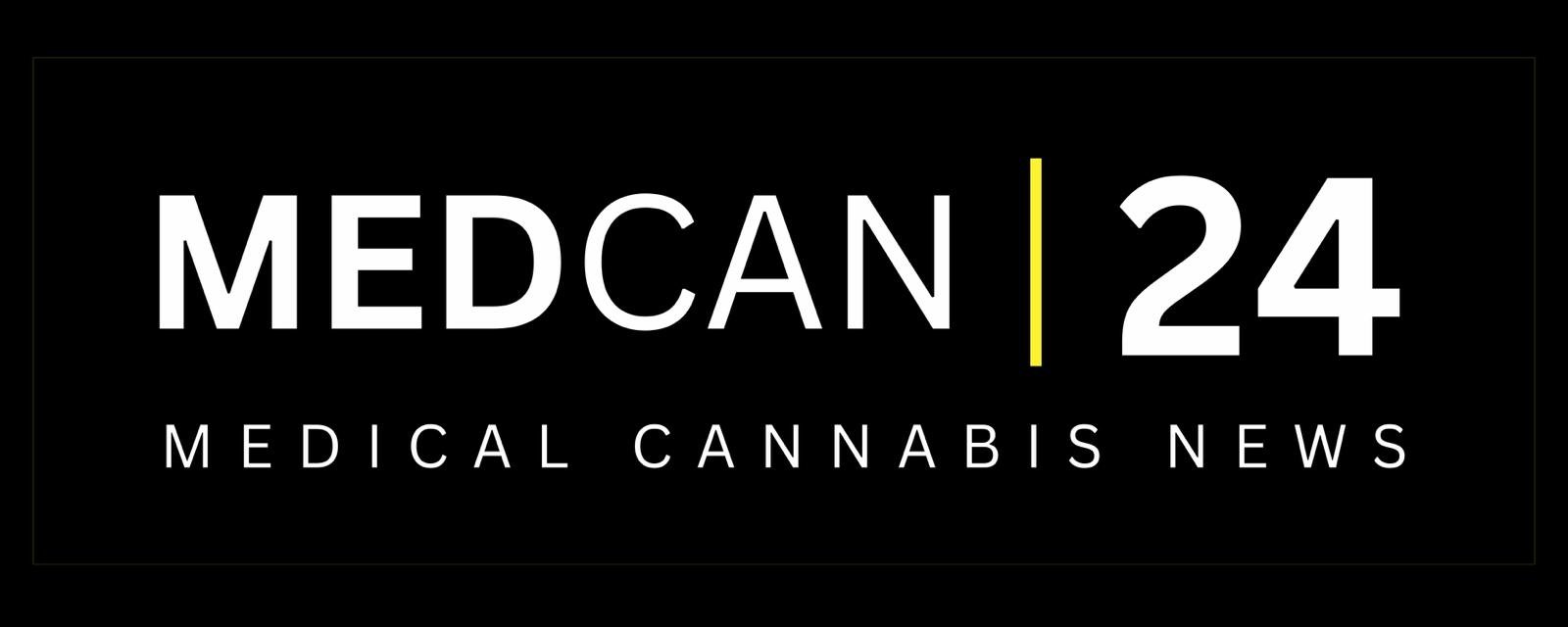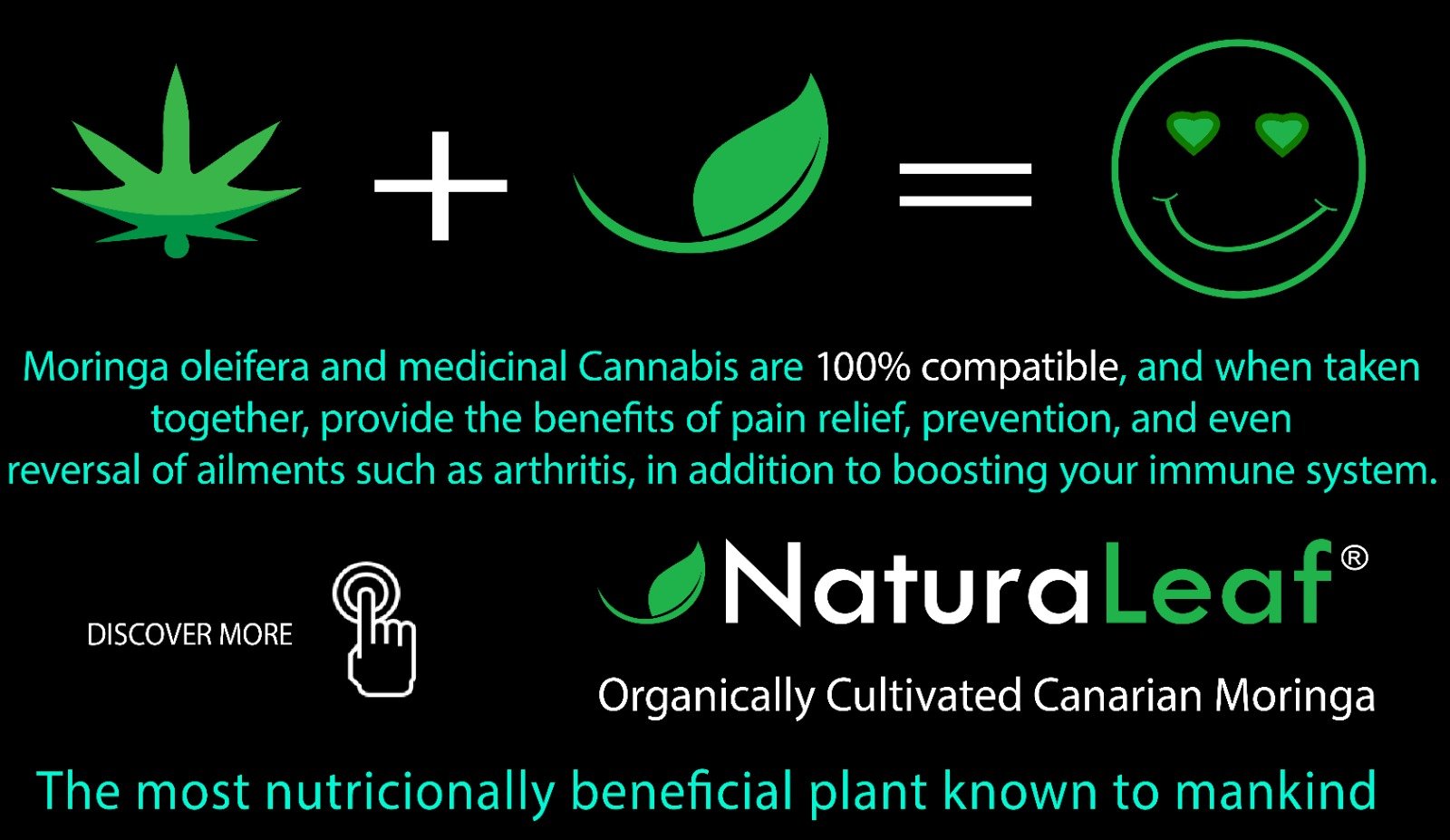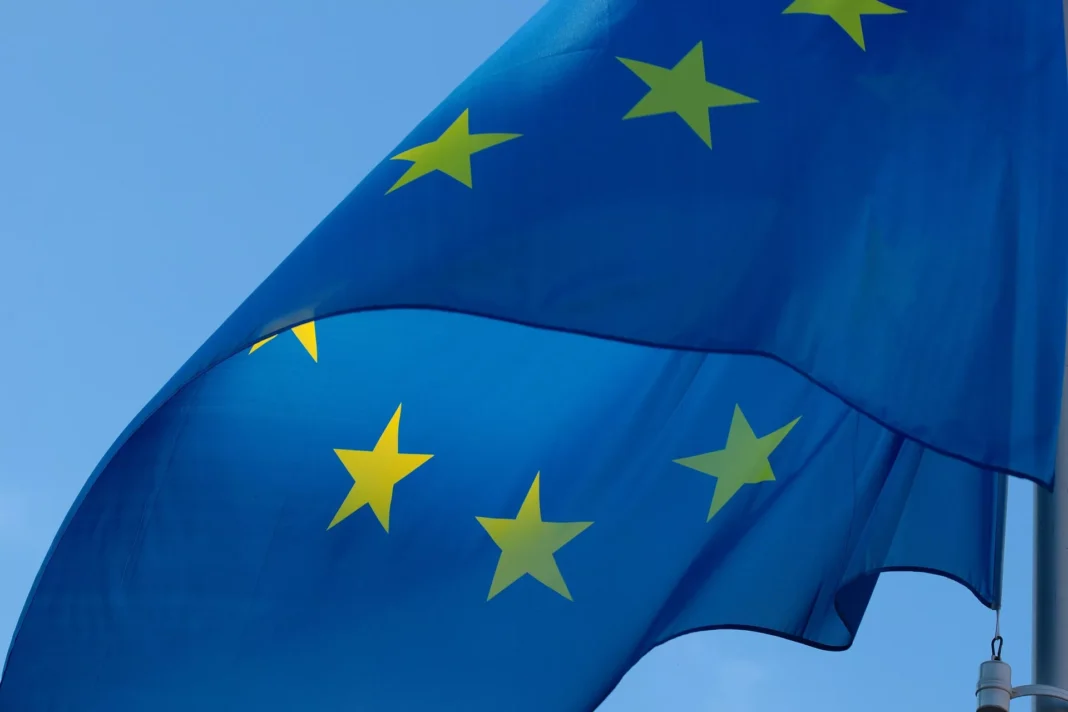A draft opinion was published on 9 July by the Committee on Herbal Medicinal Products of the European Medicines Agency. The document is open to consultations between 1 August 2025 and 31 Oct. 2025. It concludes that at this time, no EU monographs can be produced for Cannabis sativa L., flos.
After a request for data in 2023, and a thorough review of the situation, the HMPC stated that there were currently no medicines approved in the EU which are made solely from cannabis flowers. Despite the fact that some formulations are available in each member state, they have not been evaluated by regulators or approved for certain indications, dosages or strengths.
As highlighted in a LinkedIn post by industry analyst Alfredo Pascaual, the data available also does not meet the requirements for ‘established use’ or ‘traditional use,’ lacking consistency, defined quality standards and sufficient evidence of safety, efficacy and continued medical application.
Mandatory restrictions play a part, since the HMPC is only allowed to approve herbal medicines. The exceptions are products based solely on cannabinoids or products that have a mixed application. In the EU, only one cannabis-based product has been approved. It is a mixture product that was approved in 2011.
The HMPC has concluded that, for the time being, it’s not feasible to develop a European Union monograph of Cannabis sativa L. (Flos). A summary of the findings is that no conclusions are possible due to a lack on medicinal products with single herb preparations from Cannabis L., flas in the EU,” reads the document.
Good Agricultural and Collection Practices
GACP ensures plants are collected and grown in strict accordance to quality and safety requirements.
GACP is in accordance with EU directives. It covers every aspect of plant cultivation and harvesting from choosing the right area for the crop to controlling pesticides. The post-harvest storage and handling are regulated as well to ensure purity and efficacy.
Documentation is required from the seed selection process to delivery. This ensures transparency and traceability. GACP-adhering companies are audited regularly to ensure that standards are being met. This protects both the health of consumers and the environment.
Read more: EU proposal to recognize hemp flower as a crop in a landmark shift for industry
Expected changes in 2025
First published in 2006 and largely unchanged, the EU Guidelines on GACP have been updated several times since. However, in 2024 a consultation regarding significant revisions will be launched. According to the HMPC work plan, updated guidelines are scheduled to be published in 2025. This suggests that an updated GACP Framework is on its way.
Karina Lahnakoski of the industry analyst Karina, with over 25 years experience in regulated sectors, says that the changes proposed are likely to impact cannabis businesses significantly, and particularly those exporting to the EU. She believes that the proposed revisions represent a convergence of GACP with Good Manufacturing Practices, especially in indoor and greenhouse production.
Some cannabis firms have used packaging processes to reclassify GACP compliant products to GMP compliant. Lahnakoski says that, partly, this has led regulators to define boundaries.
This is the first time that the guidance has explicitly referenced ‘EudraLex Volume 4 Annex 7′ This document outlines when certain post-harvest practices, such as cutting and drying, fall under GMP Part I. It would help to draw a distinction between GACP (Good Agricultural Practices) and GMP. However, the change could be difficult for the industry to implement within 6 months.
Prepare for compliance
Lahnakoski advises that, to prepare for the future, companies should conduct an early gap analysis in order identify areas of cultivation requiring validation. The monitoring of environmental variables such as temperature, light, airflow, and humidity should be closely controlled.
The importance of documentation will increase, as standard operating procedures are required for pest control, disinfection, decontamination and drying. The written agreements for quality may also impose new requirements on producers, such as regular inspections from manufacturers and end-product companies.
Post-harvest
The drying, disinfection, and decontamination process will be subject to stricter oversight. The SOPs must cover temperature, time and airflow. Methods of microbial reduction such as irradiation and ozone treatments will also need to be justified and validated. The restrictions on fumigants are likely to increase, and alternatives will need to be backed up by risk assessments.
The standard for traceability will increase as well, and require that records at the batch level cover seed source, cultivation areas, propagation batches, harvest dates, etc. Indoor growers will need to keep detailed records on staff, training, equipment and environmental conditions.
Industry-related implications
Although the final guideline has not yet been published, Lahnakoski warns that regulators and new customers are unlikely to accept systems that are merely ‘in progress.’
The need for early preparation will make it critical to have fully validated controls and procedures from the very first day. The changes, if adopted in the form currently being proposed, would raise significantly the bar of compliance for all medical cannabis producers, not just those who want to enter the EU market.
For audit preparedness, it may be necessary to upgrade the infrastructure, invest in upgrading contracts, or re-evaluate suppliers.
A draft opinion was published on 9 July by the Committee on Herbal Medicinal Products of the European Medicines Agency. The document is open to consultations between 1 August 2025 and 31 Oct. 2025. It concludes that at this time, no EU monographs can be produced for Cannabis sativa (L.), flos.
After a request for data in 2023, and a thorough review of the situation, the HMPC stated that there were currently no medicines approved in the EU which are made solely from cannabis flowers. Although there are formulations in each member state, they have not been evaluated by the national regulatory bodies for indications, dosages or strengths.
As highlighted in a LinkedIn post by industry analyst Alfredo Pascaual, the data available also does not meet the requirements for ‘established use’ or ‘traditional use,’ lacking consistency, defined quality standards and sufficient evidence of safety, efficacy and continued medical application.
Mandatory restrictions play a part, since the HMPC is only allowed to approve herbal medicines. The exceptions are products based solely on cannabinoids or products that have a mixed application. In the EU, only one cannabis-based product has been approved. It is a mixture product that was approved in 2011.
The HMPC believes that at this time, it is impossible to create a European Union herb monograph for Cannabis sativa L. The document states that, in summary, due to the lack of single-herbal preparations from Cannabis L., flas available on the EU’s market, it is not possible to draw any conclusions.
Good Agricultural and Collection Practices
GACP ensures plants are collected and grown in strict accordance to quality and safety requirements.
GACP, in line with EU directives covers all aspects of the plant harvest and production process, including the selection of the cultivation area, the control of pesticides and fertilisers as well as environmentally friendly practices. The post-harvest storage and handling are regulated as well to ensure purity and efficacy.
Documentation is required from the seed selection process to delivery. This ensures transparency and traceability. GACP-adhering companies are audited regularly to ensure that standards are being met. This protects both the health of consumers and the environment.
Read more: EU proposal to recognize hemp flower as a crop in a landmark shift for industry
Expected changes in 2025
First published in 2006 and largely unchanged, the EU Guidelines on GACP have been updated several times since. However, in 2024 a consultation regarding significant revisions will be launched. According to the HMPC work plan, updated guidelines are scheduled to be published in 2025. This suggests that an updated GACP Framework is on its way.
Karina Lakhnakoski is an industry analyst with more than 25-years of experience working in the regulated sector. She notes that proposed changes will likely have a significant impact on cannabis companies, especially exporters into the EU. She believes that the proposed revisions represent a convergence of GACP with Good Manufacturing Practice (GMP), specifically for indoor and greenhouse production.
Known cannabis companies use packaging to convert GACP compliant products into GMP compliant. Lahnakoski says that, as a result, regulators are now more clear about the boundaries.
This is the first time that the guidance has explicitly referenced ‘EudraLex Volume 4 Annex 7′ This document outlines when certain post-harvest practices, such as cutting and drying, fall under GMP Part I. It would help to draw a distinction between GACP (Good Agricultural Practices) and GMP. However, the change could be difficult for the industry to implement within 6 months.
Prepare for compliance
Lahnakoski suggests that companies perform early gap analyses in order to determine the cultivation areas which require validation. The monitoring of environmental variables such as temperature, light, airflow, and humidity should be closely controlled.
Standard operating procedures for cleaning, decontamination of microorganisms, drying and pest control will require detailed documentation and validation. The written agreements for quality may impose new requirements on producers, including regular inspections from manufacturers and end-product companies.
Post-harvest
The drying, disinfection, and decontamination process will be subject to stricter oversight. The SOPs must cover temperature, time and airflow. Methods of microbial reduction, such as irradiation and ozone treatments, will also need to be justified and validated. The restrictions on fumigants are likely to increase, and alternatives will need to be backed up by risk assessments.
As the standards for traceability increase, they will require more detailed records on each batch, including information about seed origin, cultivation area and date of harvest. Indoor growers will need to keep detailed records on staff, training, equipment and environmental conditions.
Considerations for Industry
Although the final guideline has not yet been published, Lahnakoski warns that regulators and new customers are unlikely to accept systems that are merely ‘in progress.’
The need for early preparation will make it critical to have fully validated controls and procedures from the very first day. The changes, if adopted in the form currently being proposed, would raise the bar of compliance for all medical cannabis producers, not just those who want to enter the EU market.
For audit preparedness, it may be necessary to upgrade the infrastructure, invest in upgrades, or renegotiate with suppliers.
Cannabis Law Resources – Poland
Browse essential legal pages on cannabis sales and cultivation in Poland. You can use these resources to learn about the requirements for certification, permissions and compliance.
-
Polish News Registration and Interests of Cannabis Businesses
-
Permissions for Cannabis Sales in Poland
-
Authorization for Importing or Manufacturing Medical Products
-
Permission for Manufacturing or Importing Medical Products
-
Certificate of Good Manufacturing Practices (GMP)
-
Registration of Medical Products in Poland




